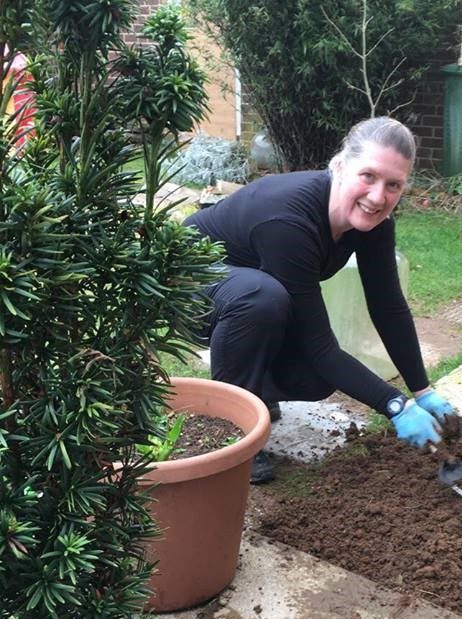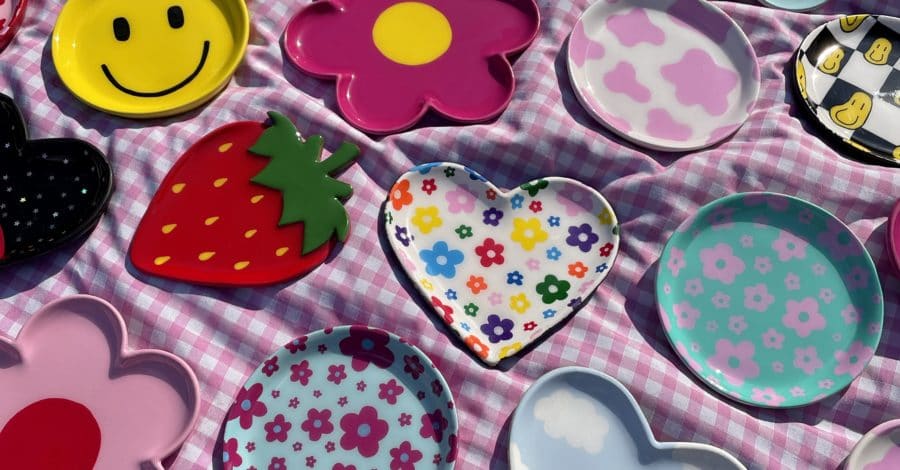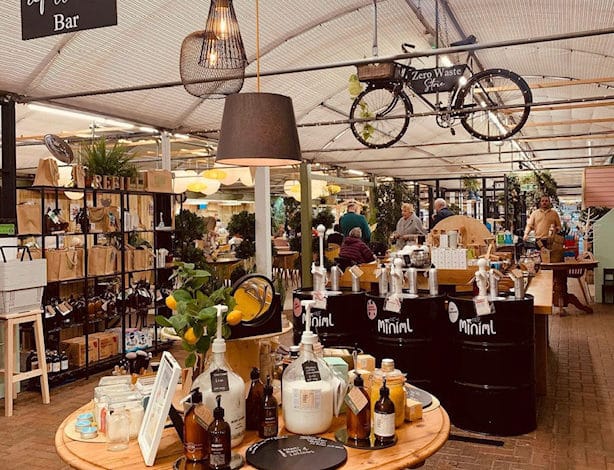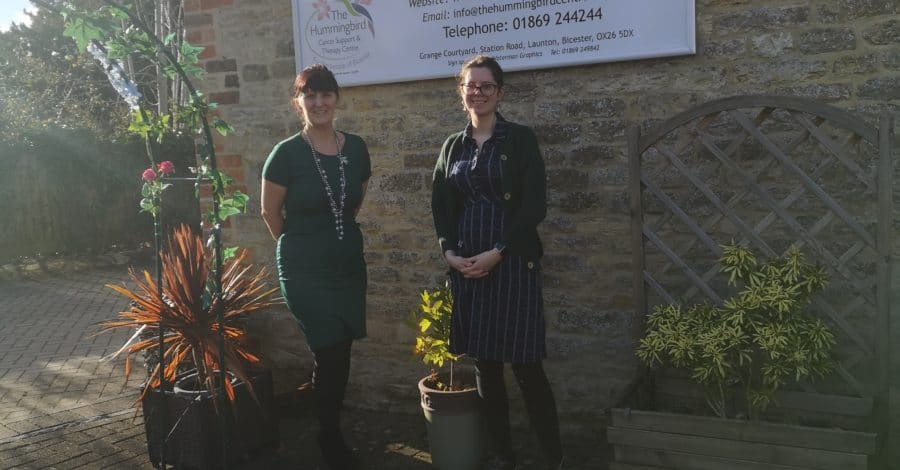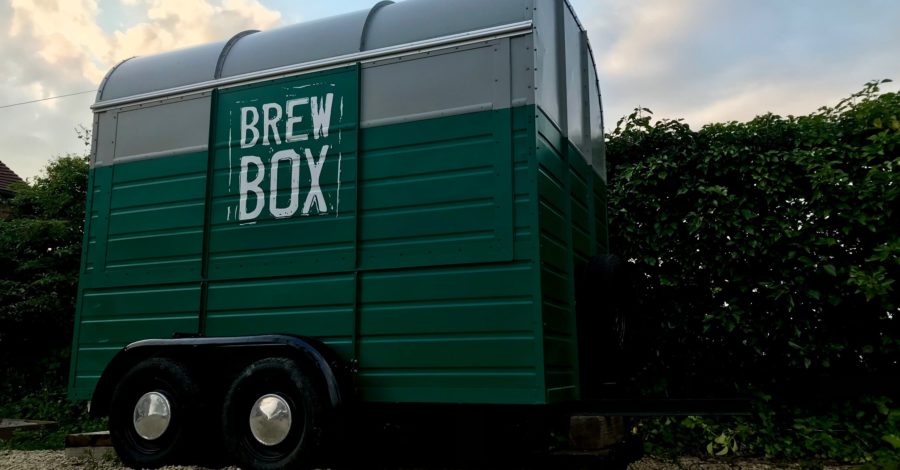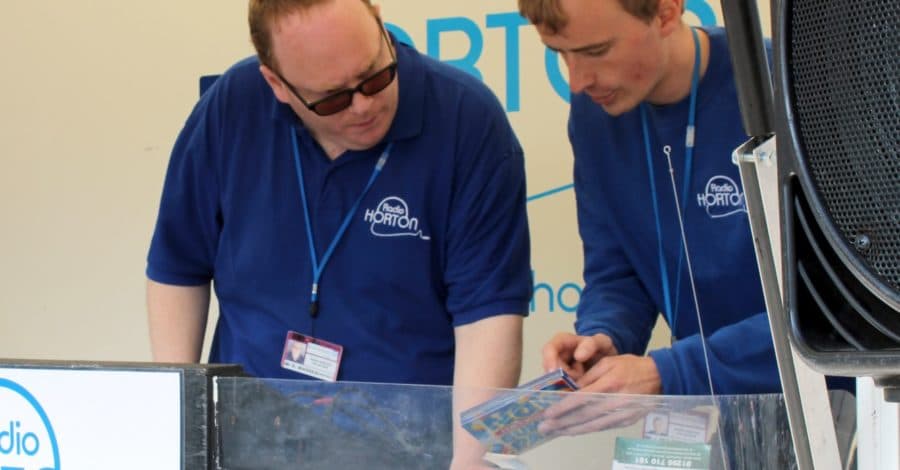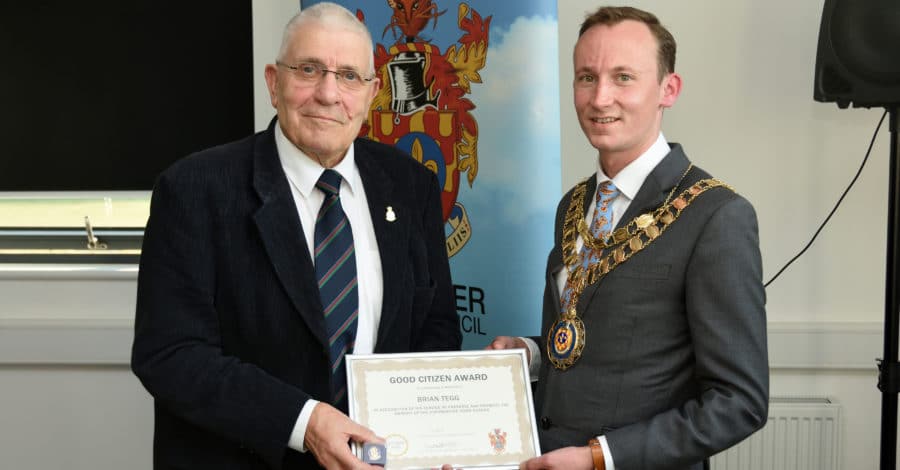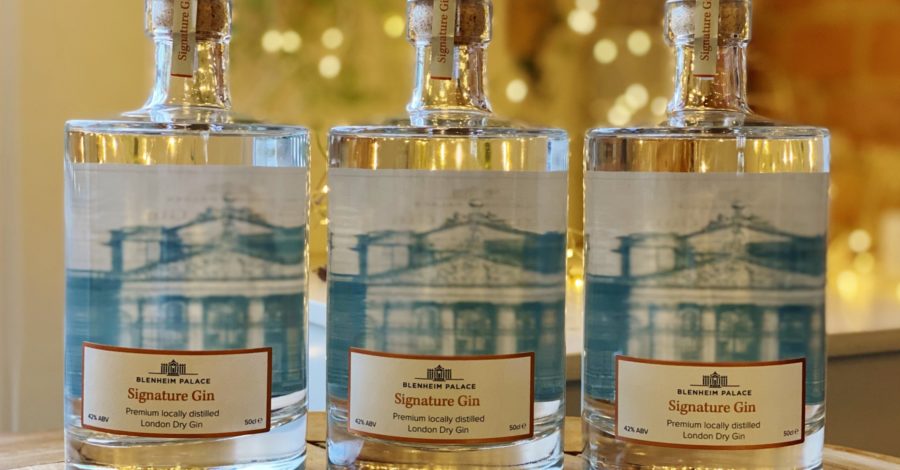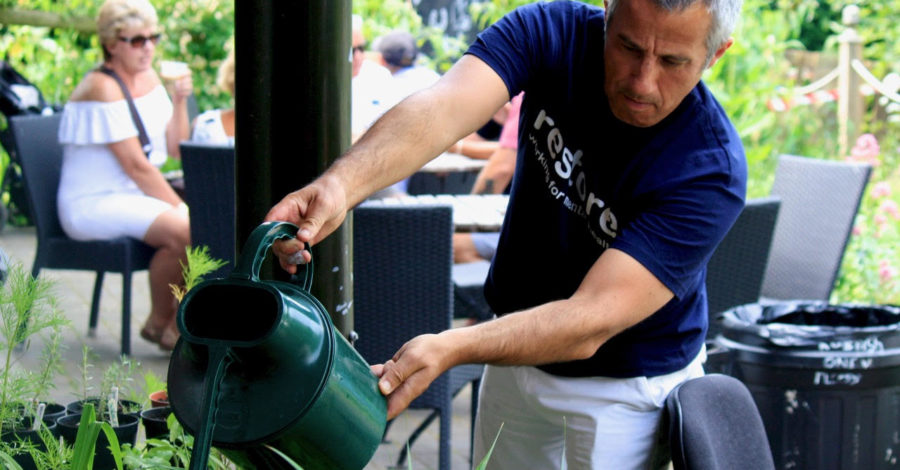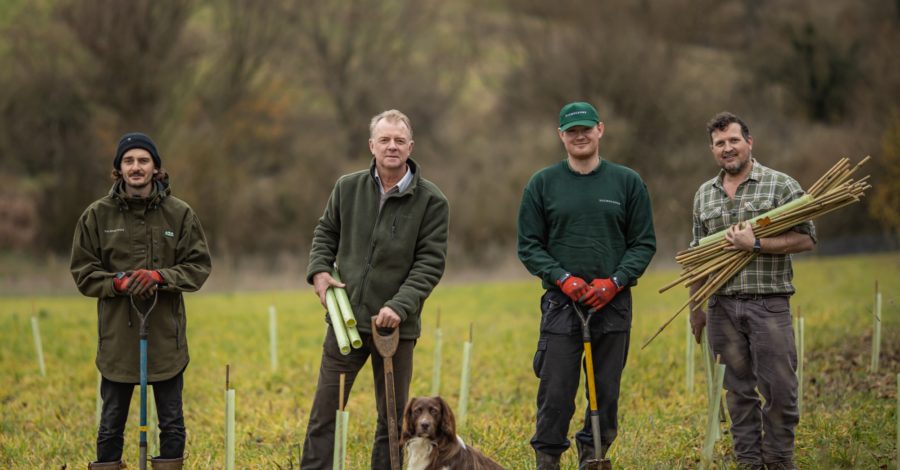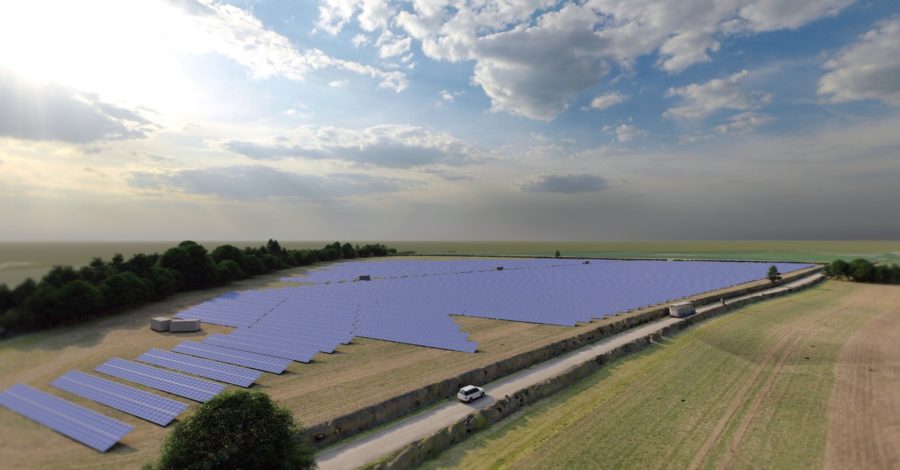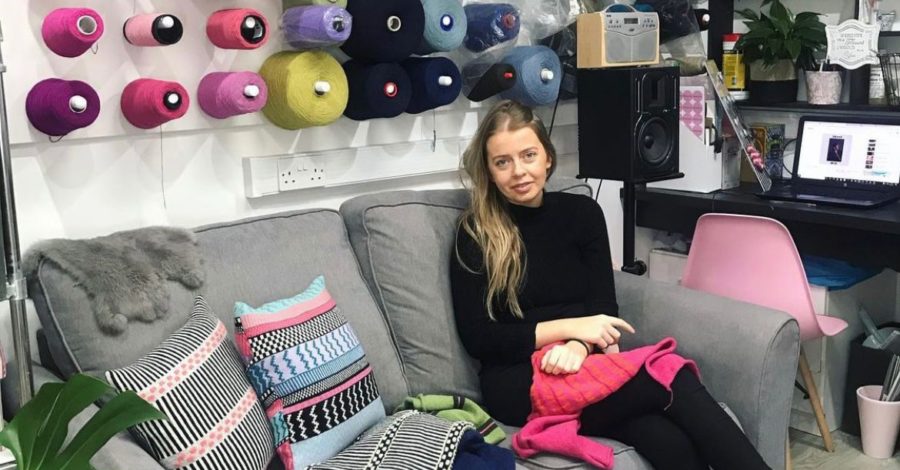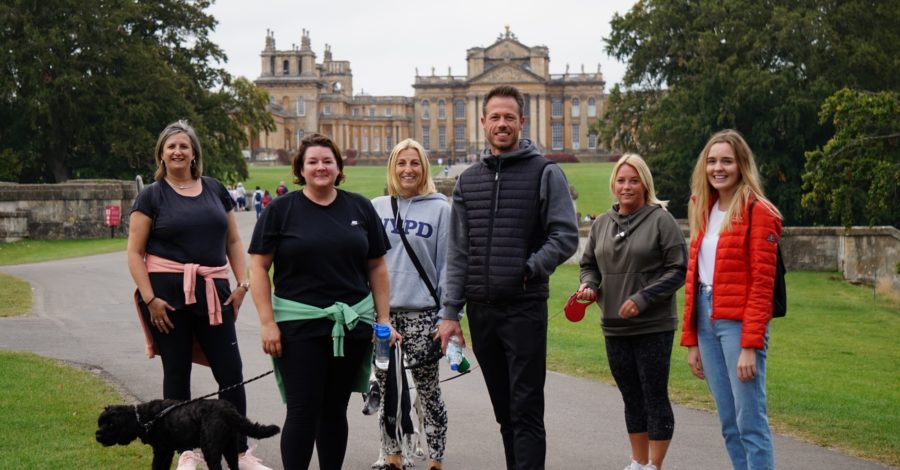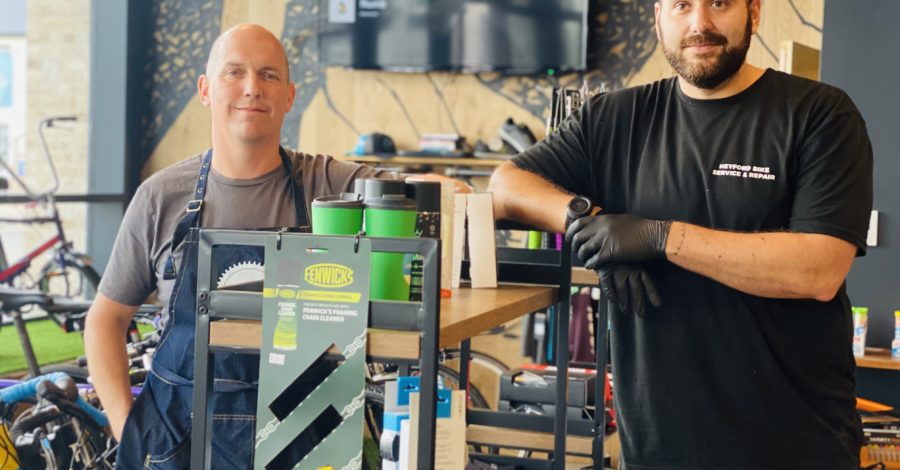Shell Tarling from Spires Gardening Services is our new resident gardening writer. In her first article, Shell gives us the low down on weeds.
[dropcap type=circle]A[/dropcap]re you a socially responsible person? In many ways I’m sure you are. What about in your garden? Whether you are an avid gardener, or not, there is one aspect of garden care in which we must all accept social responsibility. Weeds!
In this article you will discover more about weeds, the impact they have and what you can do about yours.
It is a well-known saying that a weed is simply an unwanted plant in the wrong place. This is certainly true for those of us that do not wish to clamber through Stinging Nettles to reach our front door, but they are a very valuable plant for the wildlife that rely heavily on them.
Let me guess, you are now thinking that I’m going to suggest leaving our entire gardens to the throws of nature? No, I’m not.
Weed control is important for so many reasons; the aesthetics of our surroundings, to avoid species becoming invasive, the need for growing space for edible crops, and to avoid upsetting the neighbours! When weeds grow in the wrong place they are best a nuisance, but can also contaminate our crops which will inevitably impact on the food that we consume ourselves.
Plants have a number of ways of ensuring their survival, such as dropping their seeds freely around them (known as self-seeding), to being kindly transported around by other living species. Be honest for a moment, have you ever blown a Dandelion to tell the time, or spent time painstakingly picking the fruits of Goosegrass out of your pets fur?

So, how do you identify a weed? A good place to start is to familiarize yourself with some common offenders. Certainly in the gardens that I work in around the Bicester and Oxford areas I frequently find myself clearing out Bramble and Bindweed (which need to be dug out from the roots), Willowherb, Wood-sorrel, Petty Spurge, and the more recognizable Dandelions, Thistles and Nettles (all removed by hand).
The most environmentally friendly, pet and child safe method is to remove by hand and hoe, but this is also time consuming. Little and often works best. If you have children get them to help – they will thank you for it once they have their own gardens later in life!
If you have an area that has been seriously neglected, cut back to ground level and then cover with a thick weed membrane, old carpet, or cardboard, to cut out air and remove light. This is what I’m currently doing with my newly acquired allotment space.
Chemical treatments are certainly a quicker option, however with the recent news about the Monsanto (RoundUp) health concerns, I’ll be sticking to elbow grease and membrane, because my husband won’t let me have a flame thrower!! See, he’s looking out for my social responsibility too!
Find out more about Shell here and look out for her next article coming soon!

